Reviewed by Sahil Chopra, MD, and Stacey Gunn, MD.
Research by Savit Malhotra and Theresa Do.
Introduction
For decades, lavender has been used as a remedy to improve rest. The plant’s calming smell is often associated with relaxation and sleep and has led to a booming market of products from essential oils to linen sprays. Beyond aromatherapy, companies have developed standardized oral capsules containing a particular dosage of lavender oil, known commercially as Silexan. We will explore the science behind Silexan, its origins, applications, safety profile, and what current research suggests about its role in sleep.
The History of Silexan and Its Uses
Lavandula angustifolia, also commonly known as lavender, has been used traditionally to help with mental disorders and anxiety disorders. In ancient times, lavender was used as a popular ingredient in incense and perfume, hailing its pleasant and calming scents. People would also use lavender as part of baths and also medicinal oils in ancient Egypt, Greece, Rome, and China.[1] Biological effects of lavender are proposed to come from its chemical composition of linalool and linalyl acetate.[2] Research has demonstrated that linalool inhibition and release affect the neuromuscular junction.[3] The neuromuscular junction is a crucial part of the brain that connects motor neurons and skeletal muscle fibers, which allows brain signals to promote movement. This suggests a mechanism in which lavender can influence movement and relaxation. Linalyl acetate is a compound that has similar chemical activity to linalool.[4] Therefore, the physiological effects from both of these chemicals may lead to behavioral manifestations, such as antianxiety (anxiolytic), antidepressant, and anticonvulsant effects in animal and human studies.
Based on the effectiveness of lavender as an essential oil and its aromatherapy benefits, Silexan was created and patented by Dr. Willmar Schwabe GmbH & Co. KG, Karlsruhe in Germany. It has been approved in Germany and several other European countries to treat anxiety symptoms such as restlessness.[5] Silexan is a specific composition of lavender oil that consists of 36.8% linalool and 34.2% linalyl acetate.[4,5] Silexan specifically was found to work through modulating the serotonin-1A receptor and gamma-aminobutyric acid (GABA) receptors while inhibiting voltage-dependent calcium channels (glutamate) in the brain.[6] Serotonin, glutamate, and GABA are associated with psychiatric disorders such as depression and anxiety and have implications for sleep. The activation of serotonin receptors is generally associated with a reduction in anxiety and depression symptoms.[7] GABA helps slow down nerve activity and, therefore, by activating GABA receptors, Silexan can enhance these calming effects.[8] Finally, Silexan inhibits voltage-dependent calcium channels, such as glutamate. When these channels are overactive, it can lead to restlessness and an anxiety response of the nervous system. Reducing these excitatory transmitters helps promote calmness.[9]
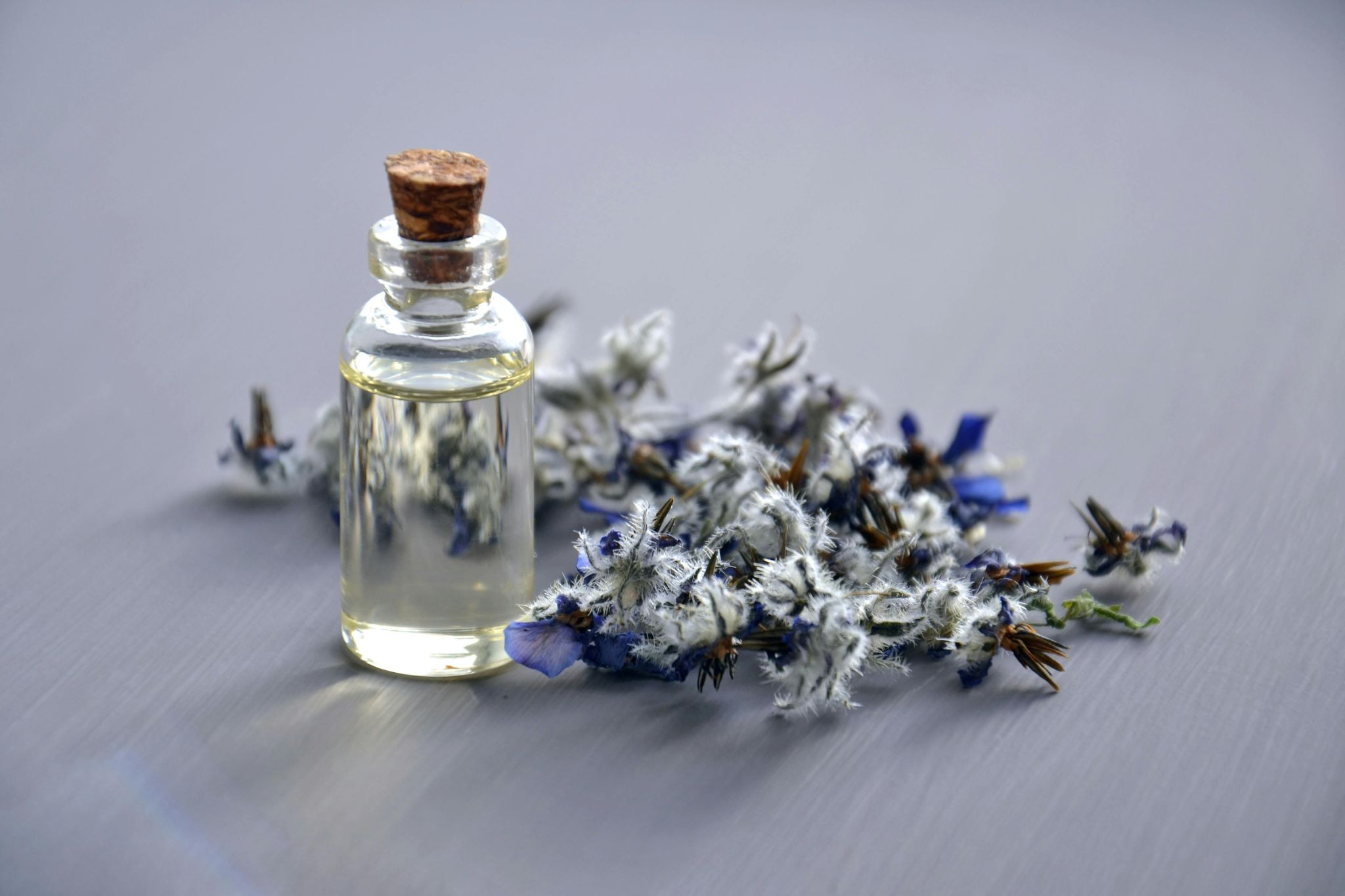
Although Silexan is still being studied to fully understand its uses, we do have a fairly strong understanding based on the current literature. One study found that those who used Silexan reported reductions in restlessness, inner tension, somatic anxiety symptoms, and general worry. Silexan tends to reduce general anxiety symptoms.[6] In terms of sleep, Silexan was found to improve sleep quality and reduce anxiety-related sleep disturbances.[10] Overall, what tends to be the case is that Silexan improves sleep by reducing anxiety. This reduction in anxiety and anxiety-related symptoms is what helps some people sleep better at night. So, although Silexan is not specifically designed for sleep, it can certainly have a secondary effect on sleep.
This was also noted in another study that looked at 212 participants who took 80mg of Silexan a day for 10 weeks or a placebo. The study aimed to assess the specific effects of Silexan on sleep quality through the use of the Pittsburgh Sleep Quality Index. What was found was that the group who took Silexan had significantly reduced anxiety symptoms and improved sleep quality. They used a statistical method called “mediation analysis” and determined that 98.4% of the sleep-improvement effects were because of the anxiolytic effects (anxiety-reducing effects) of Silexan, whereas 1.6% were specifically because of the direct effects of Silexan.[11] Thus, we want to make it clear that Silexan does not appear to directly improve sleep. Instead, its effects on reducing anxiety are what benefit sleep in a sort of “dual benefit” manner.
Interestingly, literature has also shown that Silexan has similar efficacy to selective serotonin reuptake inhibitors (SSRIs), a class of antidepressants that block serotonin (the brain’s “happy hormone”) from being reabsorbed into brain cells, allowing for more serotonin to be used by the brain.[r] For example, clinical trials have found that 160 mg/day of Silexan is at least as effective as 20 mg/day of paroxetine with fewer adverse effects.[12, 13, 14, 15] Another study found that 80 mg/day of Silexan was as effective as 50 mg/day of sertraline in terms of reducing depressive symptoms, with Silexan once again being the safer option.[16]
Safety Precautions of Silexan
For the most part, Silexan tends to have minimal adverse effects. One meta-analysis looked at 5 studies to assess the safety of Silexan and found that the most common adverse effects were nausea, breath odour, diarrhea, and headaches. However, this study notes that the actual percentage of patients who experienced adverse effects was quite minimal (the group receiving Silexan only experienced a 3% increased risk of gastrointestinal effects compared with the placebo group). It was also noted that there were no serious adverse effects reported in any of the studies analyzed.[6]
Silexan also tends to show anxiolytic effects at certain dosages (typically at 80mg). These effects are similar to traditional medications like lorazepam and paroxetine that are designed to treat anxiety. The issue, however, with medications like lorazepam is that they can become quite addictive (for more information, see our article on medications for insomnia, which goes in depth on benzodiazepines, the class of medications that lorazepam belongs to). Silexan has no reported addictive properties, and with the benefits of the supplement being similar to other anxiety medications, it is a much safer option compared to some medications.[17]

What Do We Recommend?
It is important to note that Silexan is not the same as lavender oil. Oftentimes, people will attempt to use lavender oil (either through a diffuser or by rolling the oil on their wrists) to supplement their sleep. This has been shown to have a more modest effect on sleep. More efficacious is the use of oral lavender capsules like Silexan. This is not to say that you can’t use lavender oil; if you enjoy the scent and find that it helps you relax, then there is no harm in using it.
As for Silexan, due to its high efficacy and minimal adverse effects, it is reasonable for those who struggle to sleep at night due to anxiety symptoms to consider trying the supplement. Although Silexan may not be a “one size fits all,” it may be a solution for some. However, those who are considering taking the supplement should consult their doctor to discuss how it fits into their overall treatment plan. At Empower Sleep, we are able to help you better understand the role of Silexan in your sleep. Through continuous sleep testing, we can see the night-to-night effects of the supplement and help you determine if it is the right fit for you. For more information, visit: https://www.empowersleep.com/welcome




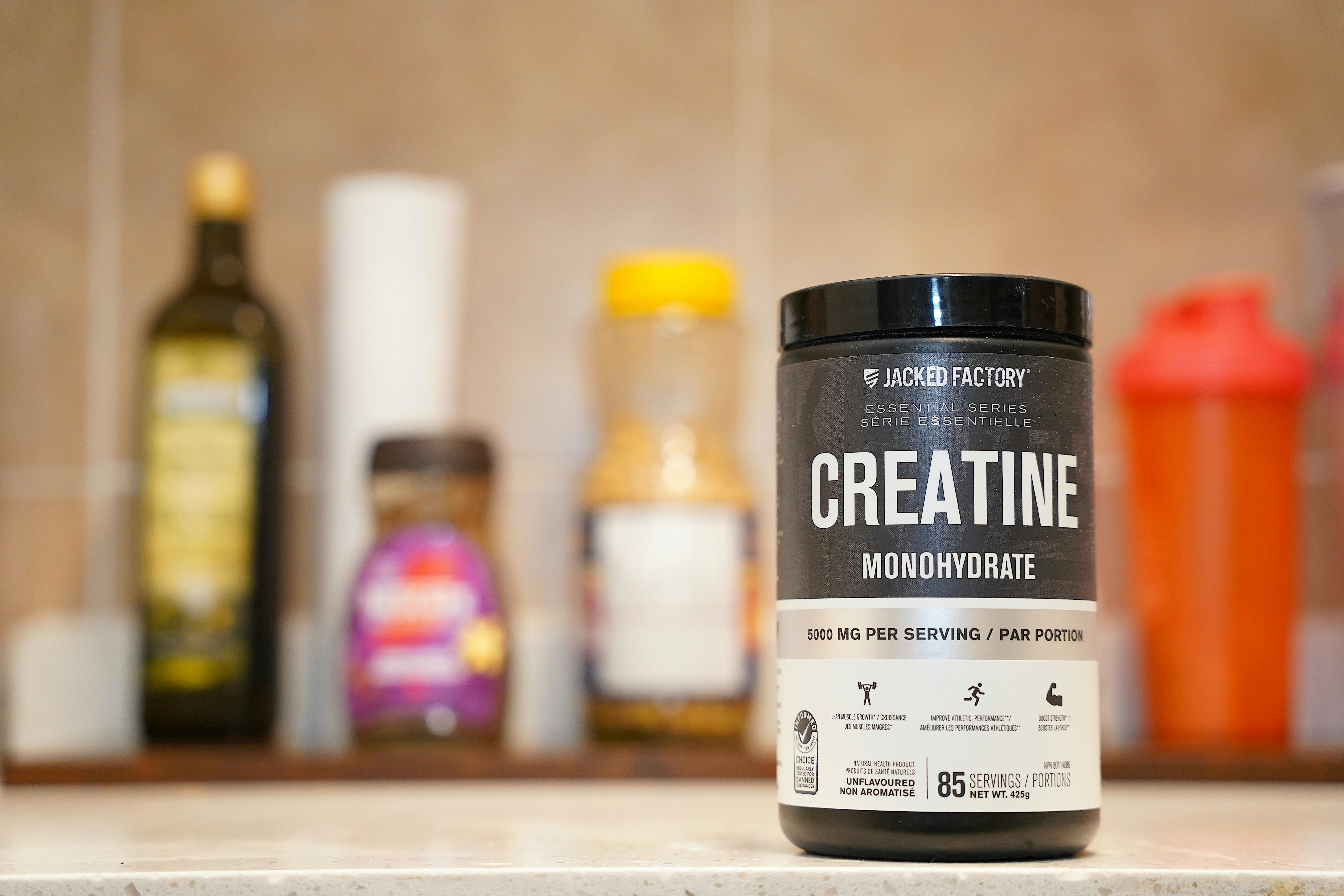




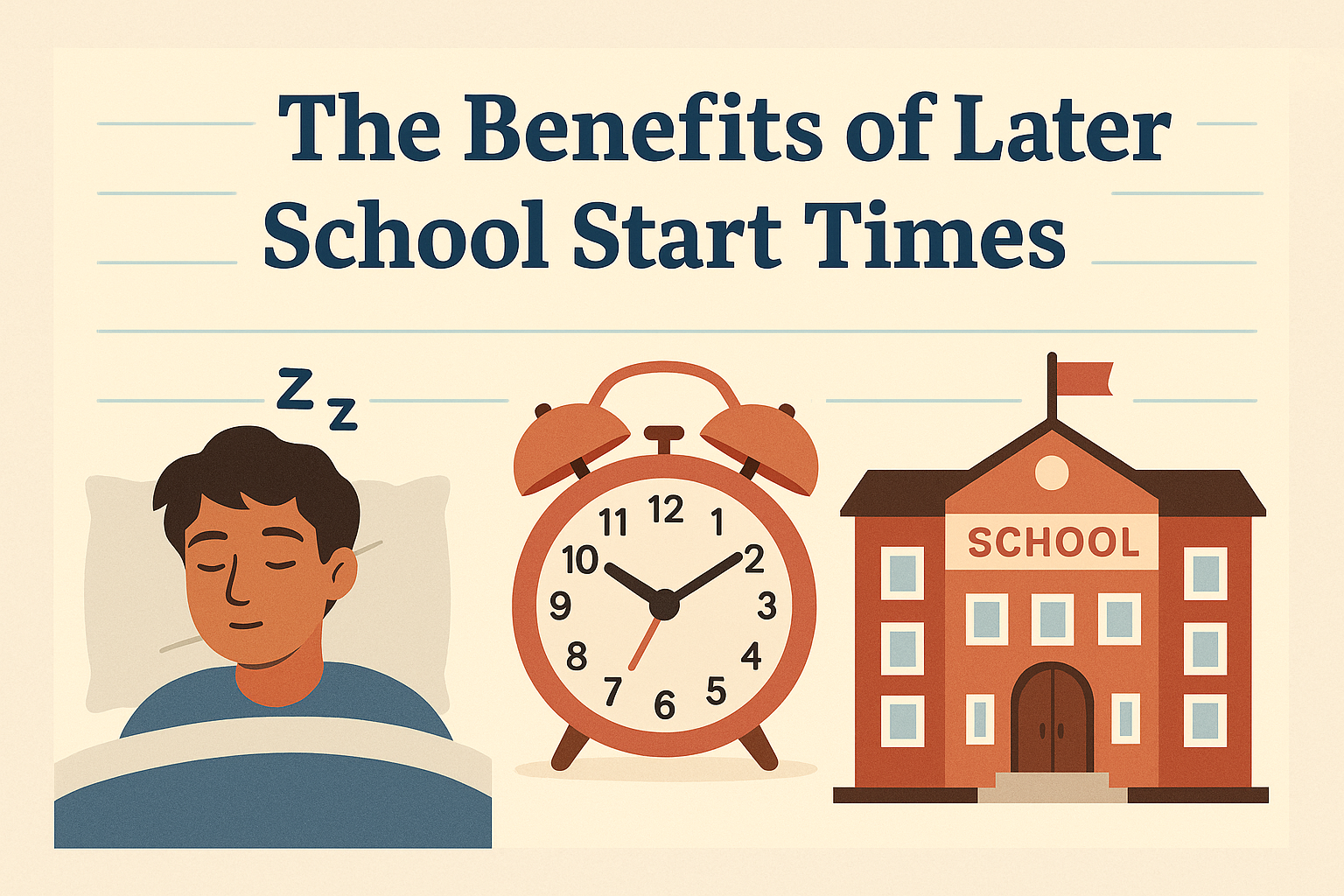

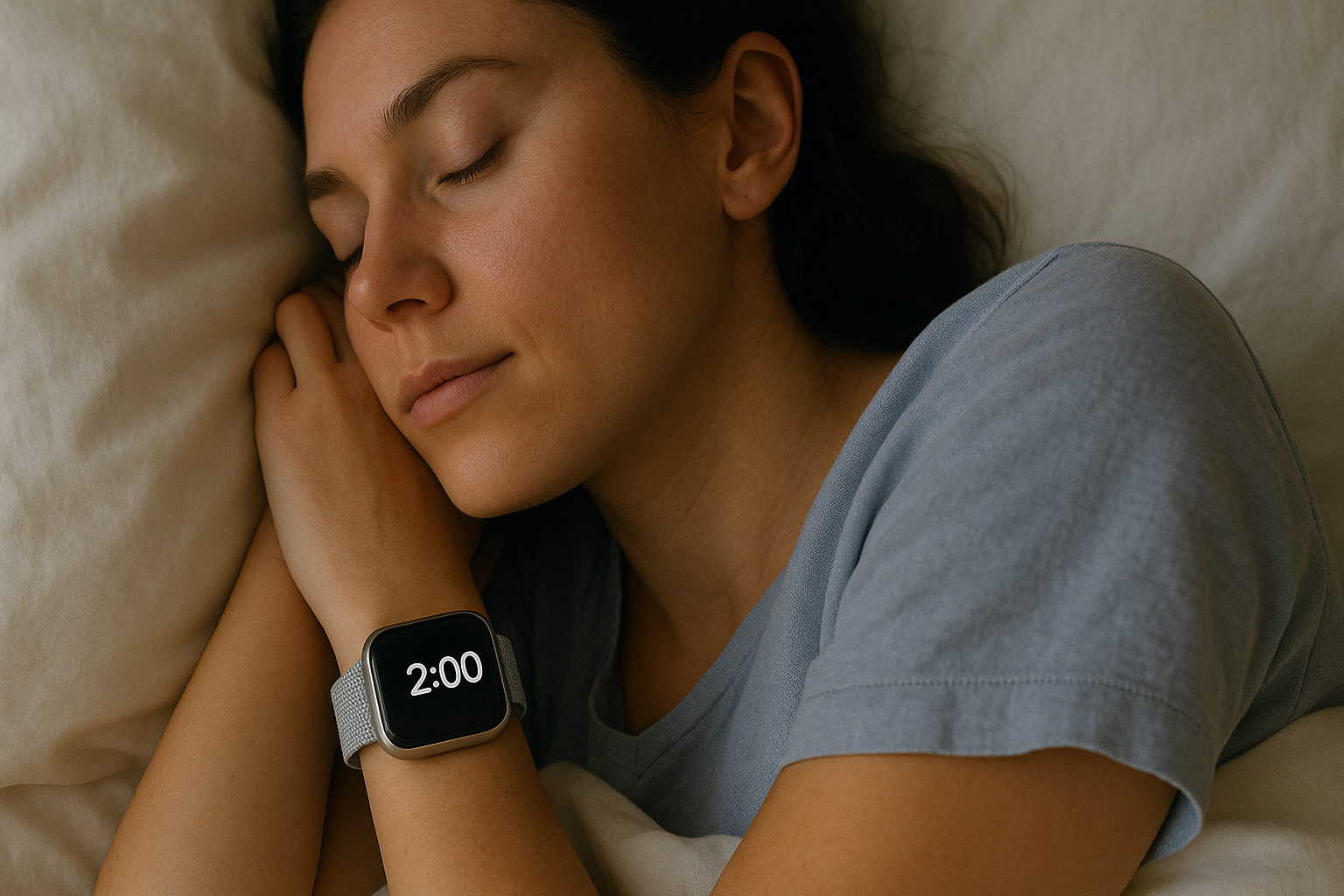


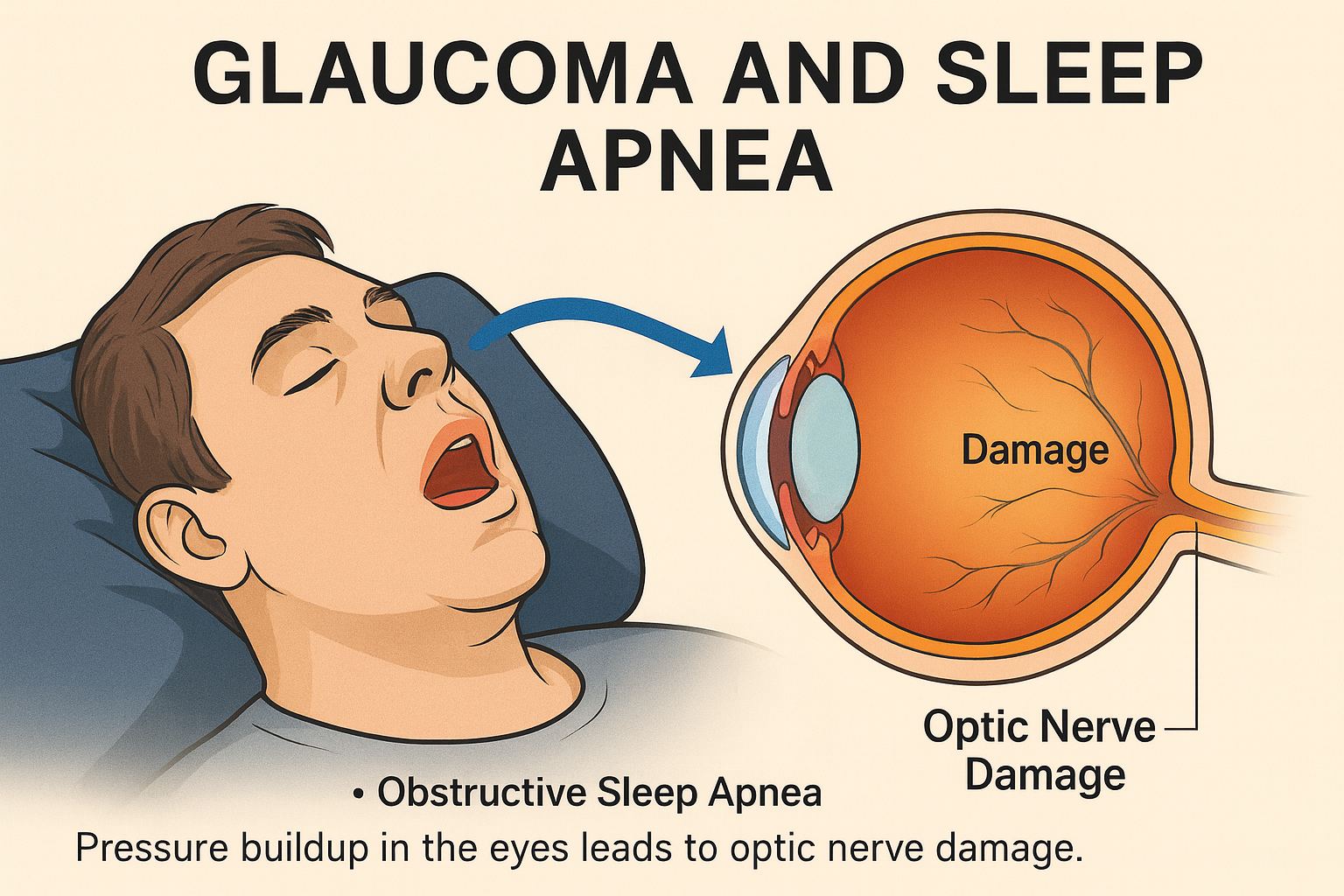


































































%20thumbnail.jpg)
.png)